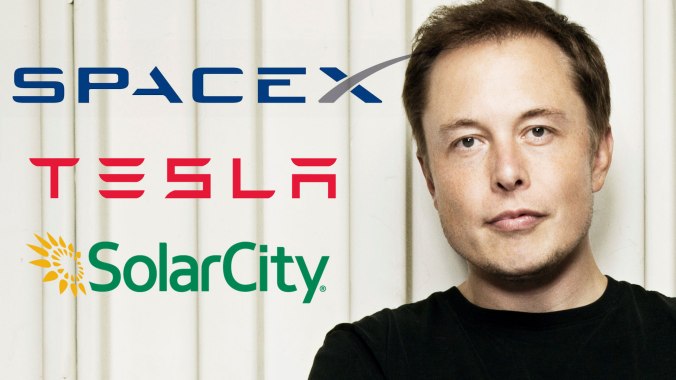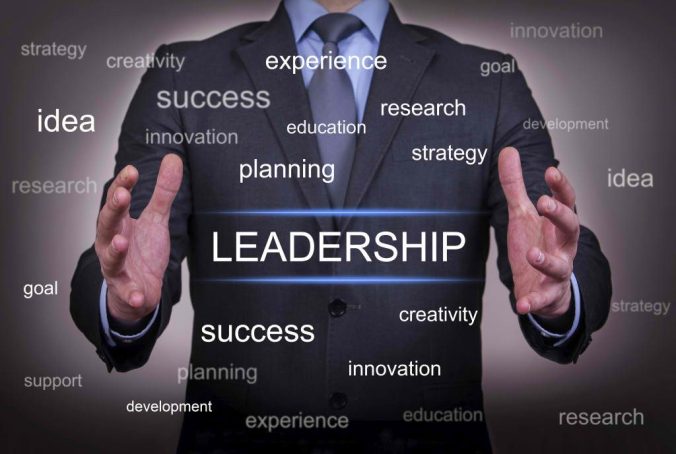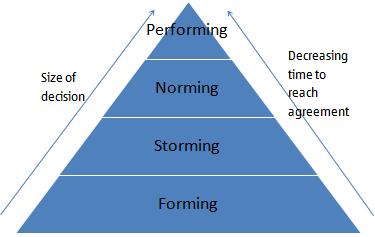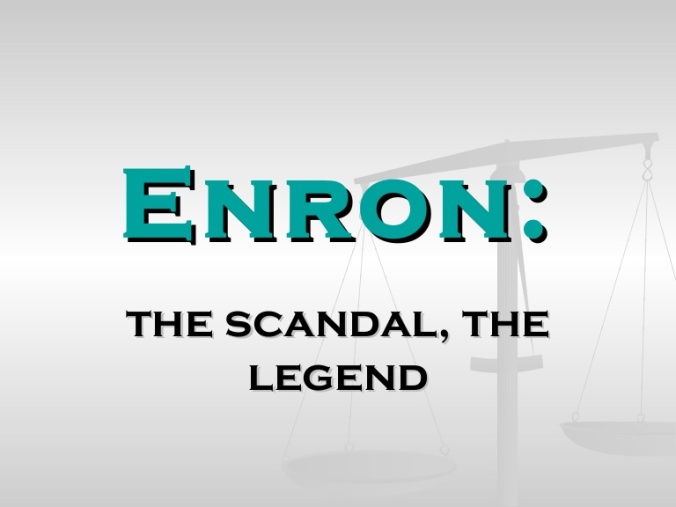
Figure 1 (Google Source)
The Nature of Leadership
There’s a clear distinction on how leadership can be acquired. Most people cultivate it through lifetime experiences by getting involved in activities that require problem solving and leadership applications skills. On the other hand, there are the unique individuals that are born with this virtue with lack of experience but they naturally shine through thanks to their charismatic nature and often influence individuals through their vision of the future. Nevertheless, leadership is something everyone can acquire, whether you are unique or not, you are your own master of a chess game. It is crucial however that future leader imprint a sense of morale in their leadership qualities as they embark into the concrete jungle of the business world. Two models one should take into consideration, firstly is the 4V model which portrays the kind of ethical leader a person should be, secondly is Hofstede 6 dimensions which is understanding people and culture within an organization. Having grasped these two models is already beneficial in the initial stage of the leadership journey.

Figure 2: Malalah Yousafzai (Google Source)
Leadership as a Philosophy
Leadership at its very core is being able to bring a vision that no one else dares to envision and make it a reality. From a personal perspective, leadership is not a quality, it is a philosophy, which consist of a set of values and belief system that conforms an individual’s vision. Lets step out of the organizational shoes for a moment and look at Malala Yousafzai, a Pakistani schoolgirl who wrote an anonymous diary about life under Taliban ruling in North-West Pakistan who got shot in the head but survived because she had a vision of female rights towards education (BBCNews, 2017). The story of her life had the attention from world media and now her life is drastically different from the life she was previously living. It all started with her philosophy of female rights towards education, and everything else from there is history. Back to the subject matter, staying true towards your values and belief system can catapult your sense of vision to inspire a domino effect that can impact the world in ways one may not comprehend. Leadership is therefore a thematic philosophy

Figure 3: Tesla, Solarcity, SpaceX CEO Elon Musk
Elon Musk, A True Leader in Technology
Elon Musk, a person well known for taking exponential risk. From a personal standpoint, an effective leader shows no attachment to personal belongings and goes beyond the dimension of the materialistic world. Here is man who had 200 million USD in cash, invested his last cent into his businesses in 2010 and went broke, stuck in a dilemma to either do a rushed private stock sale or borrow money from friends; he went for the latter (CNBC, 2017). According to Bloomberg billionaire index, Musk is now worth 13 Billion USD. He’s philosophy in “asset rich” and “cash poor” is what differentiate him from most wannabe entrepreneurs and leaders out in the business world. In terms of how he manages the organization, he inspires employees by motivating them to succeed and helping them feel like they are part of a larger team (CNBC, 2017). He also stressed that any managers leading a team should bear in mind to serve their team first by helping them do the best possible job in the company (CNBC, 2017). Based on this statement, Elon’s selflessness attitude towards leadership reflects much of the transformation leadership style, which has brought much success to empire that he has built and is the impeccable reason I perceive him to be an effective leader.
Improving Leadership Through Feedback
Feedback is a fundamental statement for improvement, being able to take criticism and churning it into positive results is how leaders improve themselves. Based on my experience as a Visual Content Developer in Gyrodata international, most of the feedback is in relation to the content that I produce to develop engaging videos and animations for the Oil and Gas industry. Key aspects of feedback such as being creative and thinking out of the box are insights to the strengths that I currently hold and other feedback such as exploring into new technology and new ways to communicate content has inspired me to push into new technology such as virtual reality and augmented reality to create more engaging content for engineers to consume.

Figure 4 (Google Source)
Conclusion
In conclusion, as I progress through the MBA course, I wish to build on skills such as being able to communicate my vision with confidence and charisma, being able to lead a team and delegating task effectively so the end goal is reached with satisfactory and finally being able to execute concepts and ideas through intellectual research and management skills. There a various ways on achieving these skills but most prominent of them all is to set a behaviour and attitude to participate, engage and contribute in all activities of the MBA course which in effect will lead me to develop these skills.
Word Count: 797
References
BBCNew (2017) Profile: Malala Yousafzai [online] available from http://www.bbc.com/news/world-asia-23241937 [19 November 2017]
CNBC (2017) Musk’s out of cash’ dilemma many business founders love to share [online] available from https://www.cnbc.com/2017/04/27/the-crucial-decision-teslas-elon-musk-had-to-make-when-he-was-broke.html [19 November 2017]
CNBCMakeIt (2017) The tactics self-made billionaire Elon Musk use to motivate his teams [online] available from https://www.cnbc.com/2017/07/05/2-major-ways-executives-like-elon-musk-are-trying-to-stop-you-from-quitting.html [19 November 2017]













